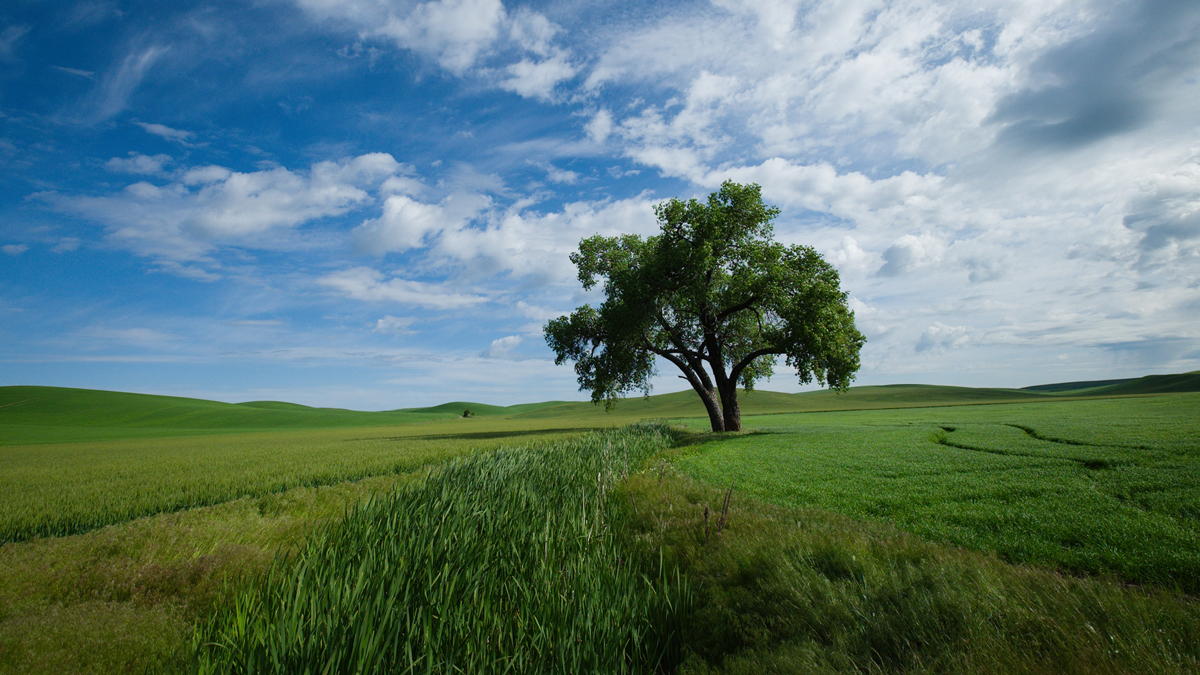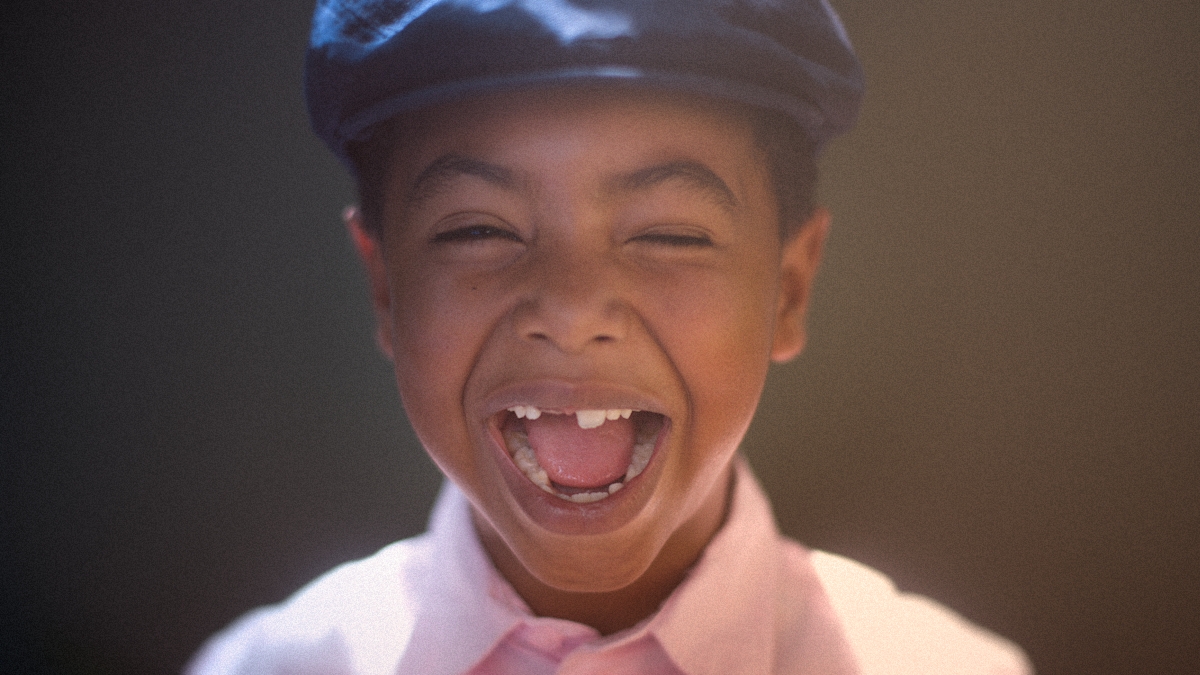We have shared tons of new, helpful content throughout 2020. We identified a few of them in particular that do an excellent job providing insight into using Exposure. The videos below are a few of our favorite tutorials from this year. If you haven’t seen these, check them out.
Getting Started with Exposure
If you’re new to Exposure, the first tutorial we recommend is one that teaches the basics. We made this video to teach you the fundamentals of operating Exposure. In the video, we demonstrate essential workflow steps, such as locating images on your computer, organizing photos, and filtering out the top selects. Also, we explain how to apply editing corrections, use automatic adjustments, creative presets, and more.
Photo Sharpening
Exposure has several tool sets that add sharpening to images. This video teaches you how to get great-looking results by adding sharpening effects at various periods in your workflow. We show you how to sharpen images that look soft out of the camera, how to add sharpening creatively for more pronounced effects, and how to apply output sharpening to ensure that your prints always look crisp.
Comparing Presets with Audition Mode
When scrutinizing presets, you’ll often have a few similar selections to compare, which is why Exposure has Audition mode. Audition mode enables you to view several preset options on the screen simultaneously, streamlining the process of finding the perfect look for your photos. Comparing several presets on the screen speeds thorough making creative decisions because you can quickly recognize the differences between them. In this video, we show you how to control, discard, replace, and remove auditioned presets.
Color Toning
Toning image colors is a powerful way to emphasize emotion, strengthen the atmosphere, or reduce the impact of distractions. This video lesson demonstrates how to use color correction techniques to neutralize unwanted color casts. We show you how to apply powerful color toning adjustments that seamlessly blend in with the original photo. Additionally, you will see where to find the tools for color toning, how they work, and how you can put them to use in your editing workflow.
Complementary Color Grading
Color grading introduces new tones to an image to improve its aesthetics. Complementary color grading uses colors that are opposites on the color wheel, such as the orange and teal effect in this video. Combining color tones like these can produce high contrast and vibrant results. This video demonstrates how to select areas in an image to receive the color grading, make refinements, and more.
Thanks for watching our videos this year. We appreciate your dedication and thirst for knowledge about using our software. As we look forward to all the new content we have planned for 2021, we want to ask for your opinion. We’re happy to take requests for video topics. Just let us know what you’d like to see next year in a comment below.
Try Exposure Today


















